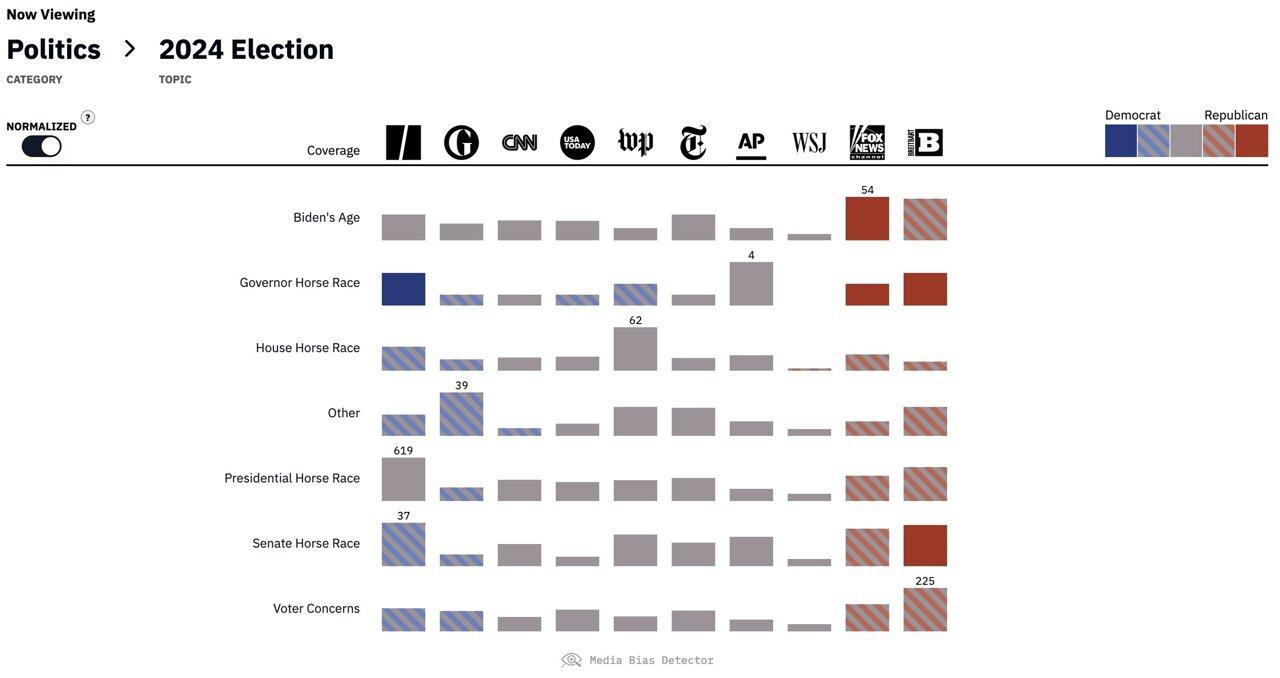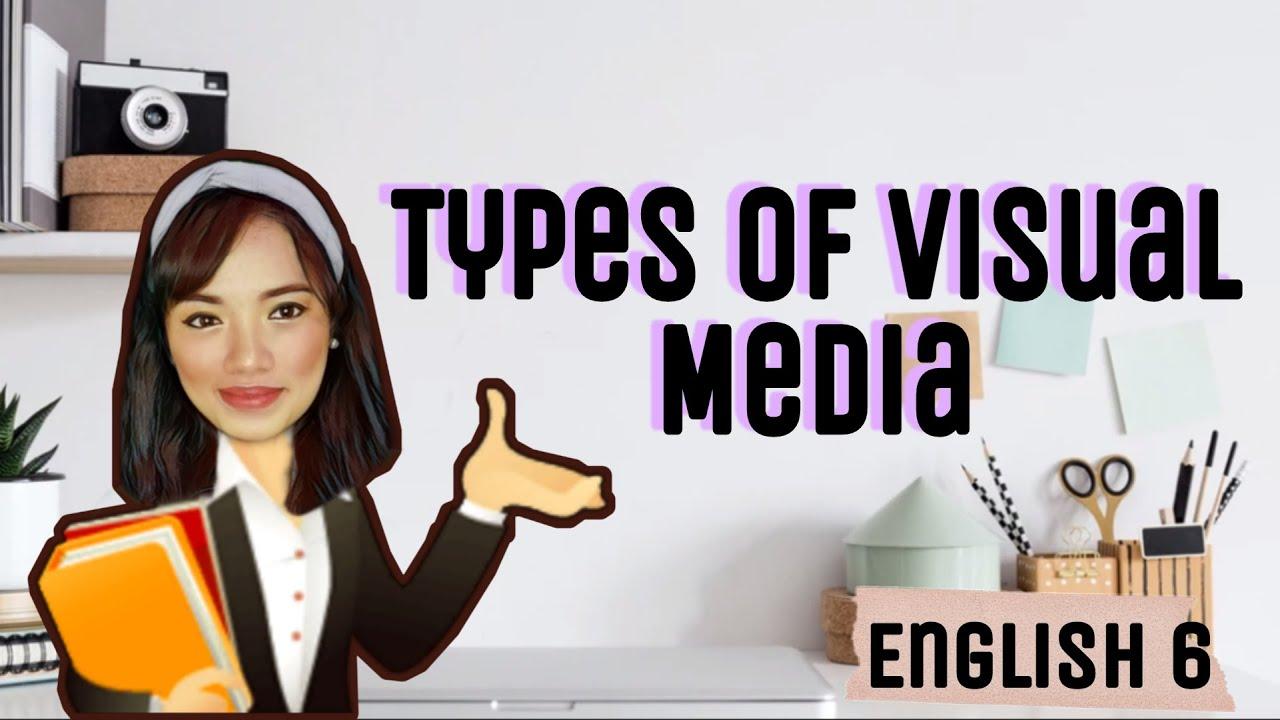In an era where information flows incessantly across digital landscapes, the media’s role in shaping public perception has never been more pivotal, especially concerning social justice issues. As gatekeepers of information, media outlets possess the power to frame narratives, influence public discourse, and ultimately affect societal attitudes and behaviors. This influence raises critical questions about the responsibilities and biases inherent in media practices. While media can amplify marginalized voices and spotlight systemic injustices, it can also perpetuate stereotypes and skew perceptions through selective reporting and sensationalism. In this article, we critically examine the multifaceted role of media in shaping public perception of social justice, exploring how its influence can both illuminate and obscure the path to a more equitable society. Through an analysis of contemporary media practices, we seek to understand the complex interplay between media narratives and public consciousness, highlighting the implications for social change and the pursuit of justice.
Media Influence on Public Understanding of Social Justice Issues
In today’s interconnected world, the media plays a crucial role in forming public opinions about social justice issues. With the proliferation of digital platforms, information is disseminated at an unprecedented pace, allowing media outlets to significantly influence public discourse. Television networks, online news platforms, and social media channels often serve as the primary sources of information for many individuals, shaping their understanding of complex social issues. However, this power comes with significant responsibility. Media can either promote informed discussions by providing balanced perspectives or perpetuate misinformation and stereotypes through biased reporting.
- Framing: The way media outlets choose to present a story can significantly impact how audiences perceive the issue. For example, focusing on violent protests rather than peaceful demonstrations can skew public perception of a movement’s intent.
- Selection Bias: Editors and journalists decide which stories to cover and which to omit. This selection process can lead to an incomplete or skewed understanding of social justice issues.
- Language and Imagery: The choice of words and images can evoke emotional responses, either reinforcing existing prejudices or fostering empathy and understanding.
As consumers of media, it is crucial to critically evaluate the sources and content we encounter. By doing so, we can ensure that our understanding of social justice issues is nuanced and informed, rather than shaped by sensationalist or biased narratives.

Analyzing Media Bias and Its Impact on Social Justice Narratives
The media wields significant power in influencing public perception, particularly regarding social justice narratives. The framing of news stories, choice of language, and even the selection of which events to cover can introduce bias, consciously or unconsciously. This can manifest in various ways, such as emphasizing certain aspects of a story while downplaying others, or giving disproportionate attention to particular perspectives. Such biases may not only skew public understanding but also perpetuate stereotypes and reinforce systemic inequalities. As consumers of media, it is crucial to be aware of these biases to critically evaluate the information presented.
Understanding media bias involves recognizing the types of bias that commonly occur:
- Selection Bias: Deciding which stories are newsworthy can reflect underlying biases, often omitting critical voices.
- Framing Bias: How a story is presented, including the context and language used, can shape audience perception significantly.
- Confirmation Bias: Media outlets may present information that aligns with their audience’s existing beliefs, reinforcing preconceptions.
- Visual Bias: The use of images and video can sway public opinion by evoking emotional responses.
By acknowledging these biases, individuals can foster a more nuanced understanding of social justice issues, promoting more informed and balanced discussions.

The Power of Visual Media in Crafting Social Justice Perceptions
Visual media holds a transformative power in shaping the narratives and perceptions surrounding social justice. Images and videos can convey complex ideas instantly, often evoking emotional responses that text alone cannot achieve. This immediacy and emotional resonance can make visual media a potent tool in the realm of social justice advocacy. Through platforms like Instagram, TikTok, and YouTube, activists can reach a global audience, sharing stories and perspectives that might otherwise be marginalized or overlooked. The use of infographics, documentaries, and photojournalism helps in breaking down barriers, making intricate social issues more accessible and comprehensible to a diverse audience.
However, the influence of visual media is not without its challenges. The simplification of complex issues, the potential for misinformation, and the risk of perpetuating stereotypes must be critically examined. The very qualities that make visual media powerful—its immediacy and emotional impact—can also lead to misinterpretation or sensationalism. Therefore, it is crucial for content creators and consumers alike to engage with visual media critically, recognizing its potential to both enlighten and mislead. As we navigate the digital landscape, a balanced approach is essential, ensuring that visual media continues to be a force for genuine understanding and positive change in the pursuit of social justice.

Strategies for Responsible Media Coverage of Social Justice Topics
To ensure responsible coverage of social justice topics, media outlets must prioritize accuracy and context. Thorough research is crucial; journalists should verify facts and provide historical background to avoid perpetuating stereotypes or misinformation. Balanced representation is also essential, requiring diverse voices and perspectives to be included in the narrative. This approach not only enriches the discourse but also prevents the marginalization of underrepresented groups.
Another key strategy involves fostering a dialogue-oriented approach. Media should create spaces for open conversations, allowing communities directly affected by social justice issues to share their experiences and insights. This can be achieved through:
- Interactive platforms that encourage audience engagement and feedback.
- Collaborations with community leaders and organizations to provide authentic viewpoints.
- Highlighting positive change by showcasing successful initiatives and solutions.
By embracing these strategies, media can play a pivotal role in shaping a more informed and empathetic public perception of social justice.
